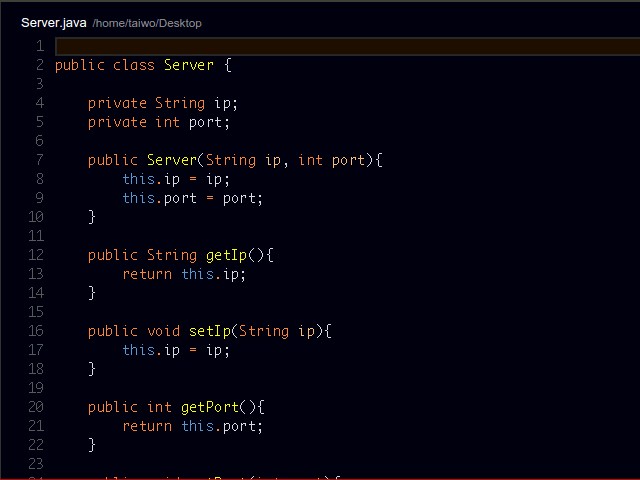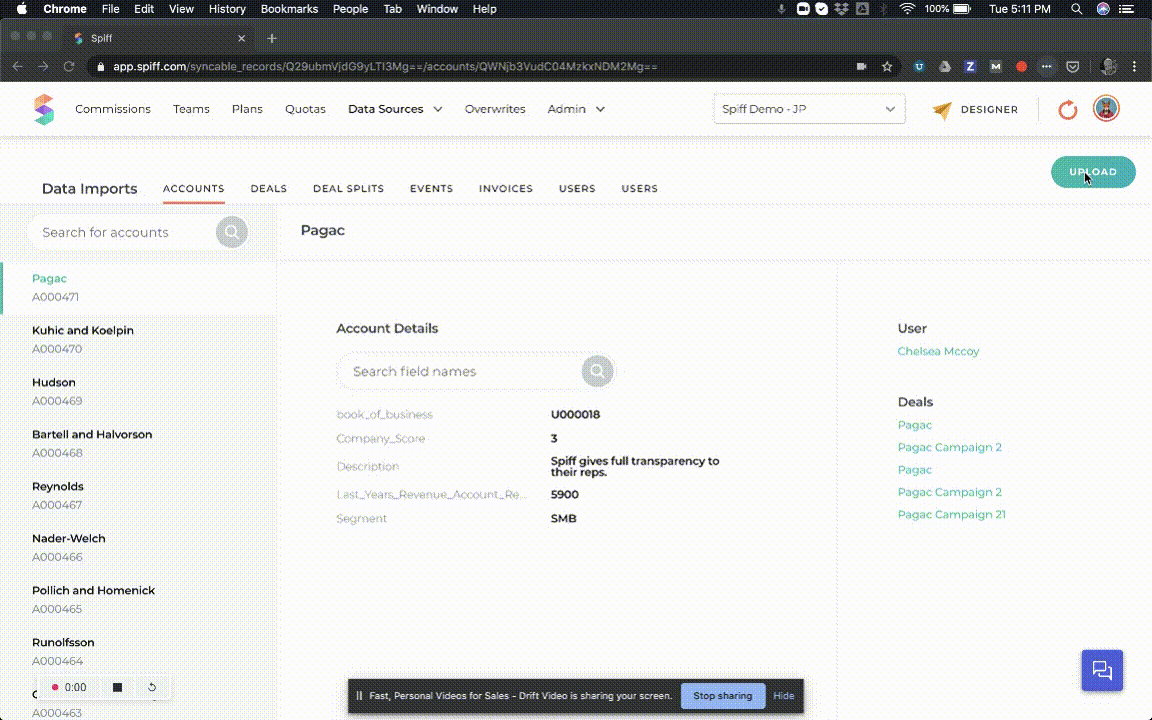
- #TEXTUREPACKER IMPORTING GIF INSTALL#
- #TEXTUREPACKER IMPORTING GIF UPDATE#
- #TEXTUREPACKER IMPORTING GIF ARCHIVE#
#TEXTUREPACKER IMPORTING GIF UPDATE#
One nice thing about TexturePacker is that once you import via the Add Folder option, TP will automatically update the sprites to reflect any new images you might. Browse to the folder containing the PNG sequence. Open TexturePacker and click on the Add Folder icon at the top of the workspace.
#TEXTUREPACKER IMPORTING GIF ARCHIVE#
#TEXTUREPACKER IMPORTING GIF INSTALL#
UV_Checker.jpg remains in the scene if you open Assets Tracker (Shift + T) A comment for posterity for anyone getting stuck converting tex to DDS or importing: For some reason this tool gets stuck if you have many textures for one assets file, so if you want to install something big (for example shared3 in My Winter Car mod has around 110 textures) you will need to divide it into chunks of 30-40 textures max.Old textures from other models remain in the scene if you open Assets Tracker (Shift + T).This script will help to avoid common mistakes of the "human factor ": Sprite sheets and tile maps with full control over number of rows, columns, margin, and spacing. Create and import sprite sheets, tile maps, or even animated gifs.This app has been designed to be a simple and powerful tool for creating pixel art for games or for fun. If you have ever come across the fact that your models did not resemble moderation, at least for one of the reasons listed below, you should definitely try Model Packer. Sprite Creator is a very powerful and easy to use pixel art drawing app. Model Packer helps to avoid common mistakes: The same model for the "3D BAZA" preset will look like this: Find this & other Sprite Management options on the Unity Asset Store. Thanks to Model Packer, you can create the correct archive in a seconds, with this structure of files and names (see screenshot below). Get the TexturePacker Importer package from CodeAndWeb GmbH and speed up your game development process. Packing only the necessary textures and assets.Convert to Corona Renderer on the fly and create a separate scene.Creation of export formats (fbx, obj, 3ds, mat).Removing Track Notes, unnecessary assets and other garbage in the scene.Saving 3Ds Max scene for the minimum version.

Adding a preview with the ability to overlay a watermark.Translation of tags into different languages (Google Translate).Generating manifest files (txt, json, ini, xml).Adding information about the 3D model (name, manufacturer, tags, copyright, description, etc.).Setting the model to the center of the stage.Fixing broken geometry (Reset XForm, BoxTrick, DetachTrick, Snapshot).

To standardize 3D models by manufacturers' websites.Creating archives for a special standard for Asset Libraries.Organization of storage with 3D models in the local network.Cataloging and storage of your 3D models.Convenient transfer of models to a colleague/client/customer its really simple, (spoilers) all you have to do is import the all saved images (watch the previous 2 videos for that) and use the move tool (oh, we learn a little about the move tool as well) to.


 0 kommentar(er)
0 kommentar(er)
